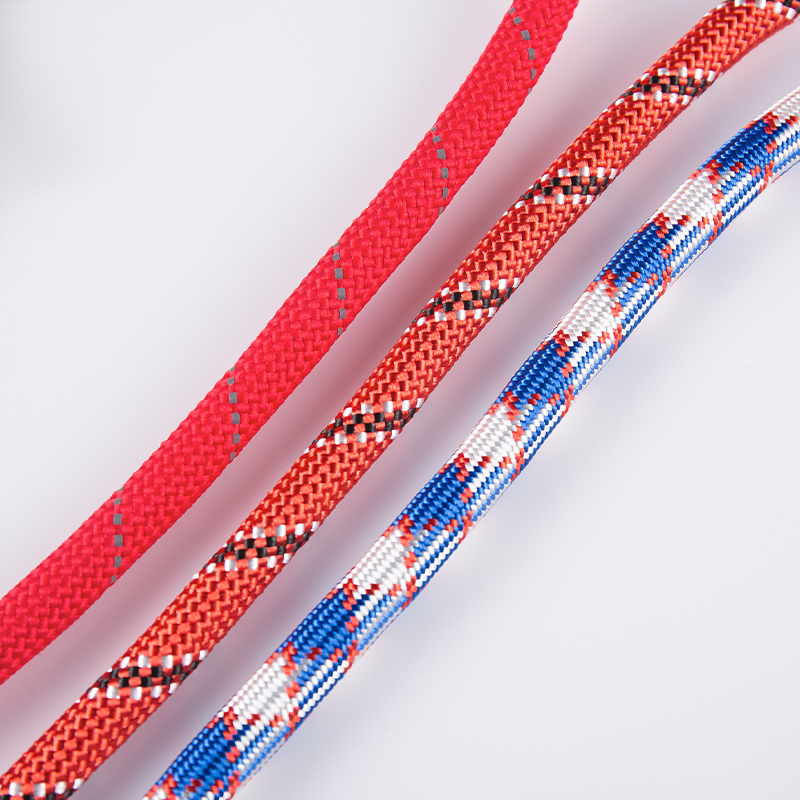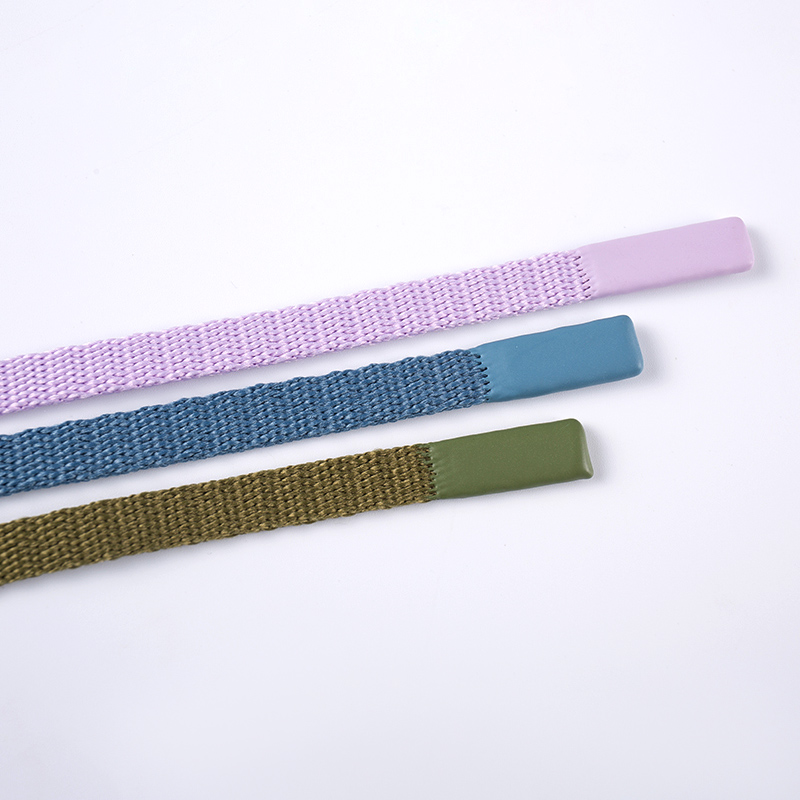1. Introduction: Challenges and opportunities in purchasing decisions
1.1 Complexity of purchasing decisions
In the modern business environment, purchasing is no longer a simple buying and selling behavior, but a strategic process involving multiple considerations. Faced with an increasingly complex market structure and a large amount of product information, buyers often need to find a balance between efficiency and accuracy. On the one hand, they must ensure that the purchased products can meet the functional and economic needs of the enterprise; on the other hand, the adaptability, sustainability and delivery cycle of the products are also important factors affecting the final decision. In this context, how to quickly select the most suitable options from a large number of products has become a major problem for buyers.
1.2 The role of the sample catalog
The Company Sample Catalog came into being in such a purchasing context. It is not only a product display book, but also an information management tool. It presents structured information to enable buyers to understand the types, specifications, performance and advantages of optional products in a more systematic and comprehensive manner. With the help of the sample catalog, buyers can reduce the blind screening of products, quickly lock in targets under limited time, and improve the quality and efficiency of overall purchasing decisions.
2. What is a Company Sample Catalog?
2.1 Definition and Features of a Sample Catalog
A sample catalog is a tool used to display a product line. It is usually presented in a graphic form, including product name, main purpose, technical parameters, advantages and characteristics, applicable scenarios, etc. Its core purpose is to provide customers with a detailed and easy-to-understand reference material to help them make wise purchasing decisions. Compared with traditional product introduction methods, sample catalogs have the advantages of centralized information, convenient access, and clear classification.
In addition, modern sample catalogs pay more and more attention to visual design and user experience. Many companies have also launched digital sample catalogs, allowing customers to browse, filter, and even place orders online, greatly improving the flexibility and response speed of procurement.
2.2 Core components of sample catalogs
An efficient sample catalog usually includes the following key parts:
Product information: including product name, description, function, technical parameters, etc., to help customers quickly understand the essence of the product.
Product pictures: High-quality picture displays allow customers to intuitively feel the appearance and details of the product, which helps to enhance trust.
Classification system: Classification according to dimensions such as purpose, industry, and function makes search more efficient.
Price and delivery: Provide reference price and delivery cycle to facilitate customers to initially evaluate the feasibility of purchase.
Technical support and FAQ: Help customers answer questions through FAQ or technical instructions to improve decision-making efficiency.
3. How to accurately select the most suitable product through the Company Sample Catalog?
3.1 Clarify requirements and set screening criteria
Before using the sample catalog, buyers need to systematically sort out their own needs. This includes:
Basic functions of the required products
Usage environment (such as temperature, humidity, load, etc.)
Requirements for durability, compatibility, and brand standards
Budget range and procurement cycle
With clear requirements, the information in the sample catalog can play the greatest value and avoid misjudgment caused by information overload.
3.2 Use product classification and screening function
Effective sample catalogs usually have a clear product classification system. Buyers can quickly screen according to industry categories, product application scenarios, technical specifications, etc. This method is particularly suitable for buyers facing a large number of choices, which can help them narrow down the target range in a very short time and save energy.
3.3 Compare key parameters and performance
After narrowing down the selection range, the next step is to compare the alternative products horizontally. At this time, key technical parameters become particularly important. Through table form or list comparison, buyers can see the differences between products at a glance and make the best choice.
4. Advantages of sample catalogs in product selection
4.1 Intuitive display improves decision-making efficiency
The sample catalog presents product information to customers intuitively in the form of pictures and texts, avoiding tedious verbal communication. Especially when first contacting a certain type of product, buyers can quickly understand the product positioning through pictures and brief descriptions, greatly speeding up the screening speed.
4.2 Convenient for diversified comparison
With the help of sample catalogs, buyers can grasp the performance indicators of multiple products at the same time and realize one-to-many comparative analysis. This horizontal comparison method makes the selection process more scientific and rational, and effectively avoids procurement errors caused by incomplete information.
4.3 Reduce communication costs
Traditional procurement methods often rely on a lot of communication and confirmation, while sample catalogs pre-position and document most of the information, greatly reducing the time for back-and-forth inquiries. After a preliminary browse, buyers can communicate with suppliers only on key issues, thereby greatly improving procurement efficiency.
5. How to maximize the use of the Company Sample Catalog?
5.1 In-depth understanding of product details
Although the sample catalog is rich in information, buyers still need to remain cautious. Especially for products with high technical content or complex usage scenarios, they should check the product description, technical drawings, material description, etc. in detail to ensure that they fully meet the needs.
5.2 Cooperate with field visits and experience
After all, paper information is limited, and actual experience is still an indispensable part. Buyers can select several key products in the catalog, and then verify whether their actual performance is consistent with the catalog description through sample trials or on-site observations, so as to avoid the deviation between theory and reality.
5.3 Refer to customer reviews and feedback
Some sample catalogs will come with customer reviews or application cases. Buyers can use these materials to understand the performance of the product in actual use and form a more objective judgment based on multiple opinions. This kind of reference based on the user's perspective can often provide unexpected decision-making inspiration.
6. The impact of sample catalogs on corporate procurement decisions
6.1 Improve procurement accuracy
Through sample catalogs, companies can more systematically conduct product screening, parameter comparison, function verification and other operations, significantly improving the scientificity and accuracy of procurement. Especially in the context of joint decision-making by multiple departments, the catalog can be used as a unified reference to avoid internal disputes caused by information asymmetry.
6.2 Save procurement time
The structured design of the sample catalog makes the procurement process faster. Whether it is the first selection or the subsequent repurchase, buyers can quickly locate the target, reduce repetitive work, and greatly save time costs.
6.3 Reduce procurement costs
Accurate selection and efficient decision-making will eventually translate into cost reduction. By avoiding the waste of resources caused by mispurchase, replacement or incompatibility, the sample catalog indirectly helps companies achieve a more economical procurement process.
7. Future development trends of sample catalogs
7.1 Digitalization and interactivity
With the widespread application of the Internet and digital technology, sample catalogs are gradually developing from paper form to electronic and interactive directions. Digital sample catalogs not only support functions such as search, filtering, and comparison, but can also embed videos, three-dimensional images, animation simulations, and other content, greatly enhancing the user experience.
7.2 Personalization and customization
The future sample catalog will pay more attention to user portraits and behavior analysis. Through data intelligence, the system can push more accurate product information based on the customer's past purchase records and preferences, and realize truly personalized customization services.
7.3 Integration with supply chain system
The sample catalog will also be deeply integrated with the supply chain management system to display information such as inventory status, delivery date estimation, and logistics status in real time, providing buyers with transparent support for the entire process from selection to delivery.
8. Conclusion: The important role of sample catalogs in accurate product selection
8.1 Summary of key steps in selecting products
The core of accurate selection lies in clear needs, scientific comparison, and reasonable judgment, and the sample catalog is a powerful tool in this process. From information collection to decision support, it runs through all aspects of the procurement process, providing buyers with a structured and visual product cognition framework.
8.2 Looking forward to future purchasing trends
With the advancement of technology and changes in user needs, sample catalogs will play an increasingly important role in purchasing activities. It is not only an information carrier, but also a bridge of trust between enterprises and customers. In the future, sample catalogs will be more intelligent, accurate and efficient, and become an indispensable assistant for every purchasing decision.



 English
English 中文简体
中文简体













